‘Shōgun’ may be a more grounded and serious show, but this series doesn’t fall behind in terms of historical accuracy.
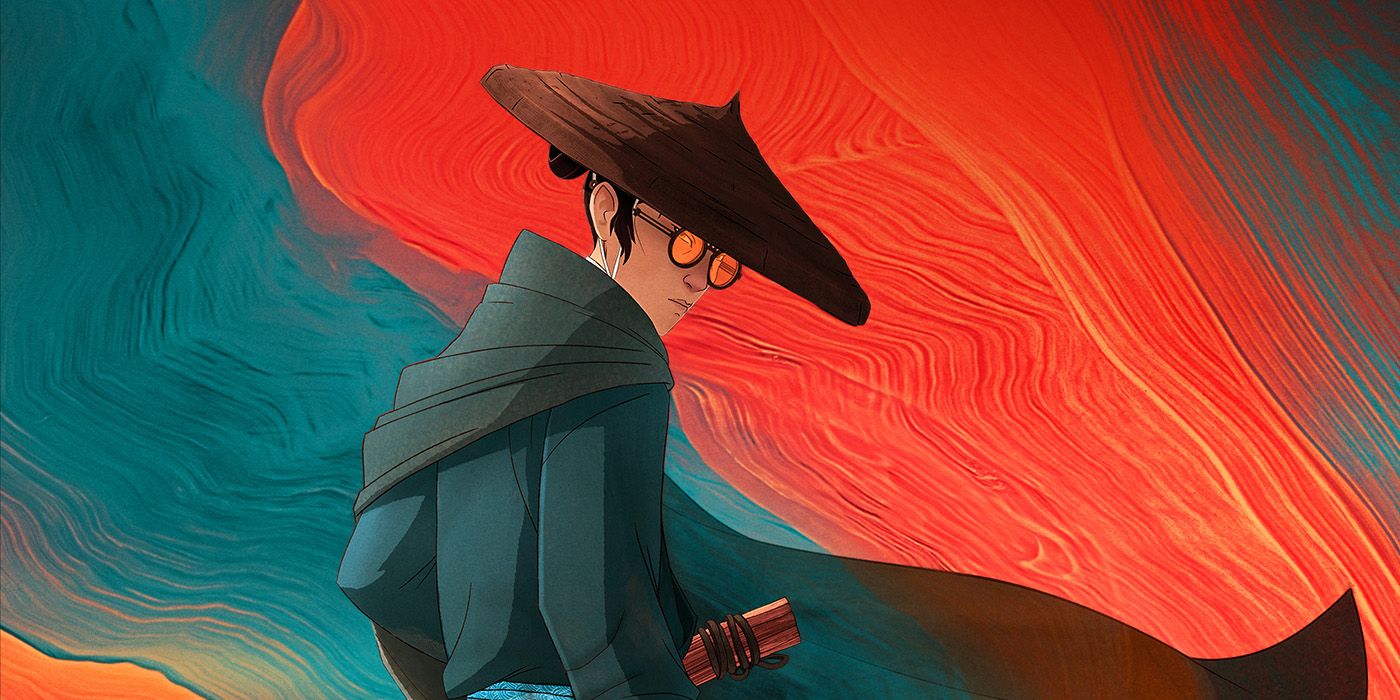
As Shōgun approaches the end of its season, its audience will no doubt be eager for more. Unfortunately, there won’t be — the series likely won’t have a second season, as it was originally conceived as a miniseries. It adapts a novel by James Clavell, which had already been adapted to television in the 1980s in a similar format, so it really couldn’t go longer than its single season. If you are looking for more epic stories set in feudal Japan, however, there’s plenty to find on streaming, including a particular animated series by Netflix that feels like it was made to be Shōgun‘s spiritual sequel. We’re talking about Blue Eye Samurai, which is set shortly after the events at the end of Shōgun.
‘Blue Eye Samurai’ Is Set in the Years Following the Events of ‘Shōgun’
As stated earlier, Shōgun is an adaptation of a novel, meaning its story is to be considered historical fiction. It was, however, written as a mirroring of real-life figures and events. All three main characters, for example, have historical counterparts — Lord Yoshii Toranaga (Hiroyuki Sanada) is based on the real-life shōgun Tokugawa Ieyasu, John Blackthorne (Cosmo Jarvis) is based on British pilot William Adams, and Lady Toda Mariko (Anna Sawai) is based on Christian convert Hosokawa Gracia. They all lived in the same period, with Adams and Hosokawa being key figures in Tokugawa’s rise to power.
Lord Toranaga defeating his enemies to become shōgun and unite Japan isn’t really a spoiler for the end of the FX miniseries, since it’s an actual historical fact — and even if it weren’t, by now it’s pretty clear that that’s where the plot is headed. His real-life counterpart is regarded as one of Japan’s Great Unifiers, ushering in a new era of unity and prosperity for the country. And self-isolation. In Shōgun, Lord Toranaga is portrayed as a practical strategist who values loyalty and duty, but, in real life, once Tokugawa took over, he immediately implemented Sakoku, a policy of self-isolation that was meant to keep the Japanese islands safe from foreign interference. Portuguese Jesuit missionaries had been present in Japan for decades, opening up the country for their religion and, mostly, trade. Later, with England and the Netherlands also aware of it, it wouldn’t be long until every major European power wanted a piece for themselves – that’s how colonialism works.
The Tokugawa Shogunate didn’t intend to lose power over all of Japan, so the country was sealed off and every connection to Europe and colonizers was severely restricted. For example, Christianity was banned, as seen in Martin Scorsese‘s religious epic Silence, since it was used by colonizers as a way of opening up local society to foreign ideas and products. Trade itself was restricted to a few key locations, and Europeans needed permission from the Shogunate to enter Japan. That’s the context in which Blue Eye Samurai is set — the aftermath of Tokugawa’s rise to power and the beginning of the Edo period in Japanese history.
‘Blue Eye Samurai’ Is a Bloody Tale of Prejudice and Vengeance
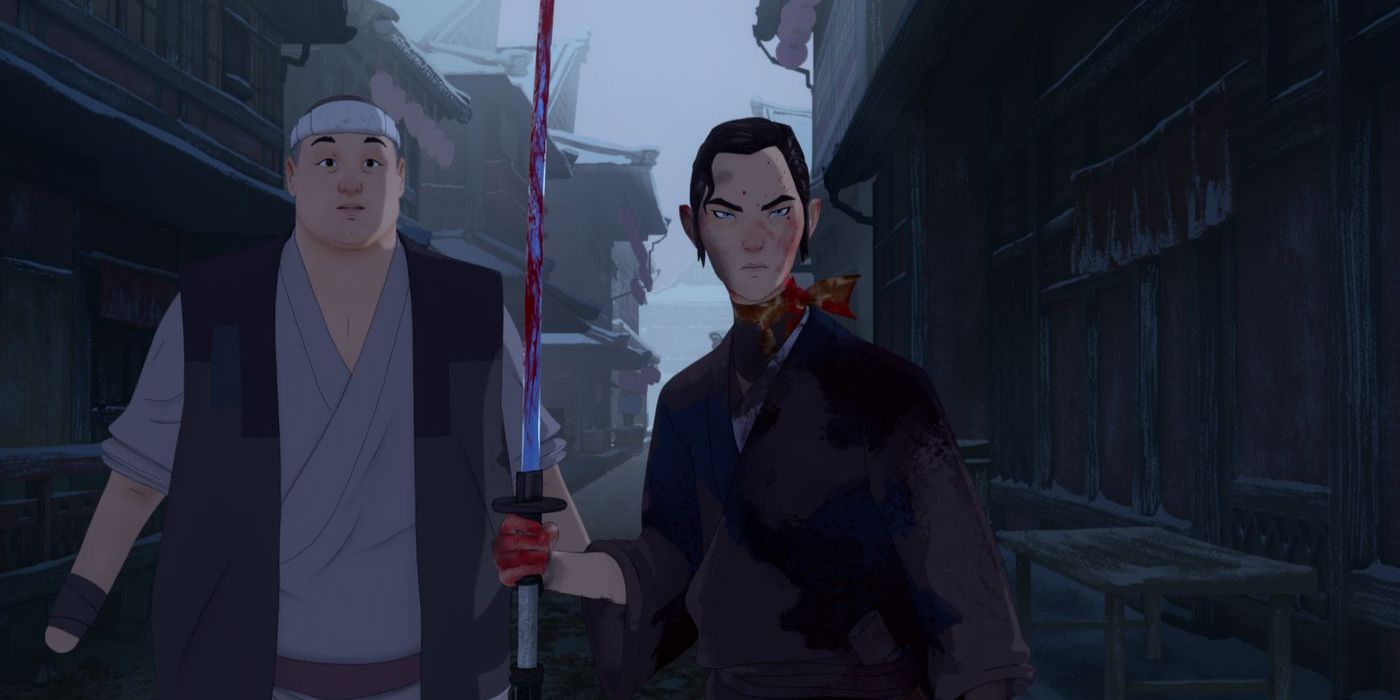
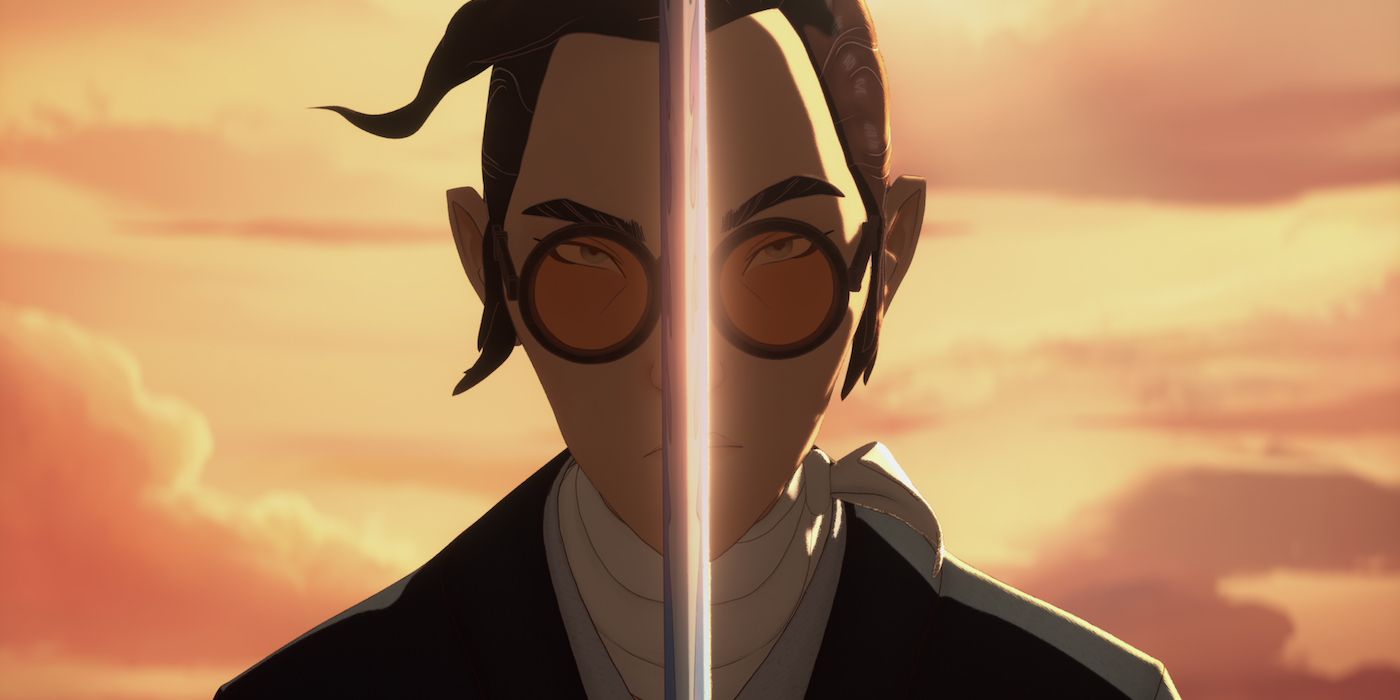
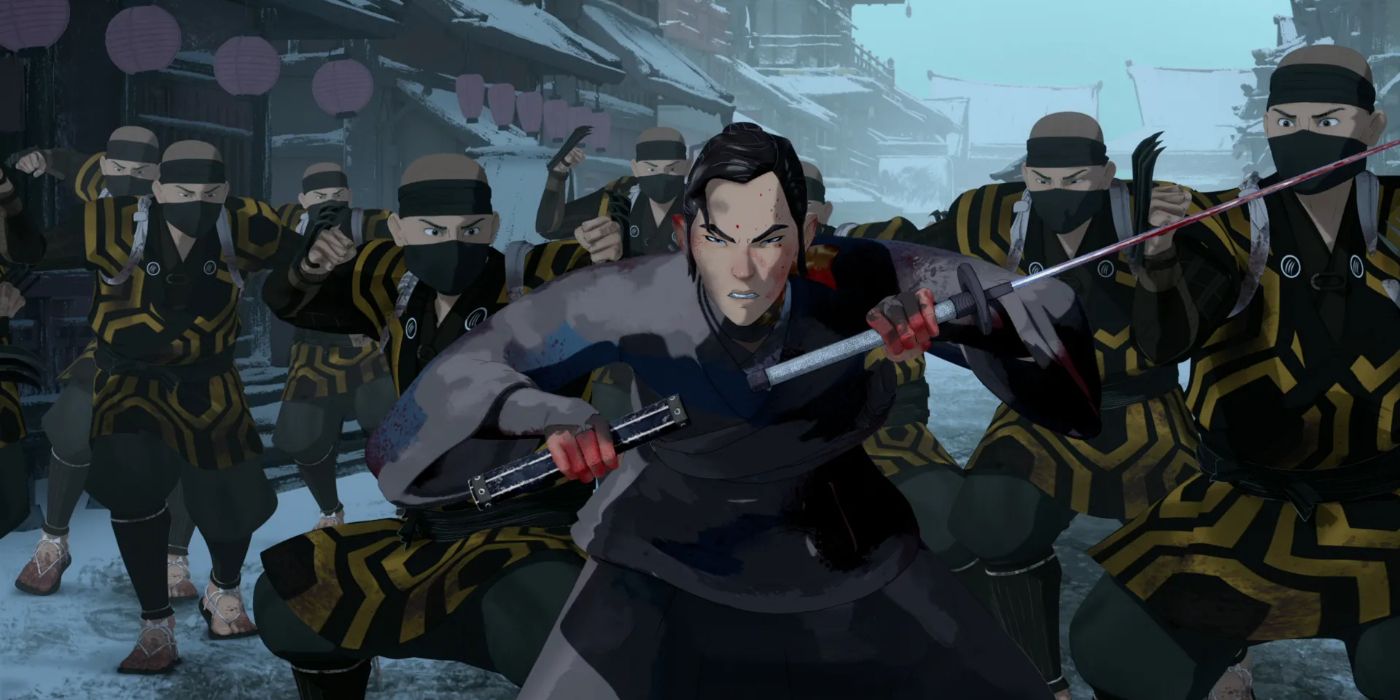
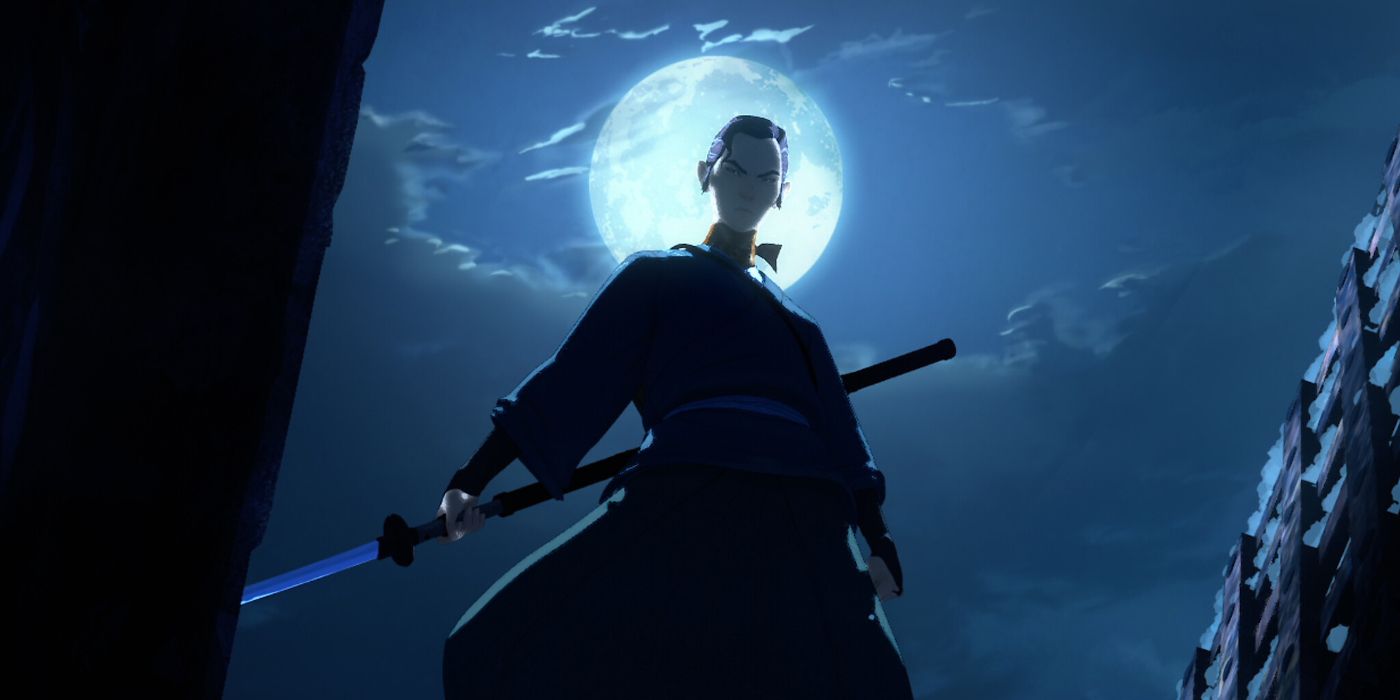
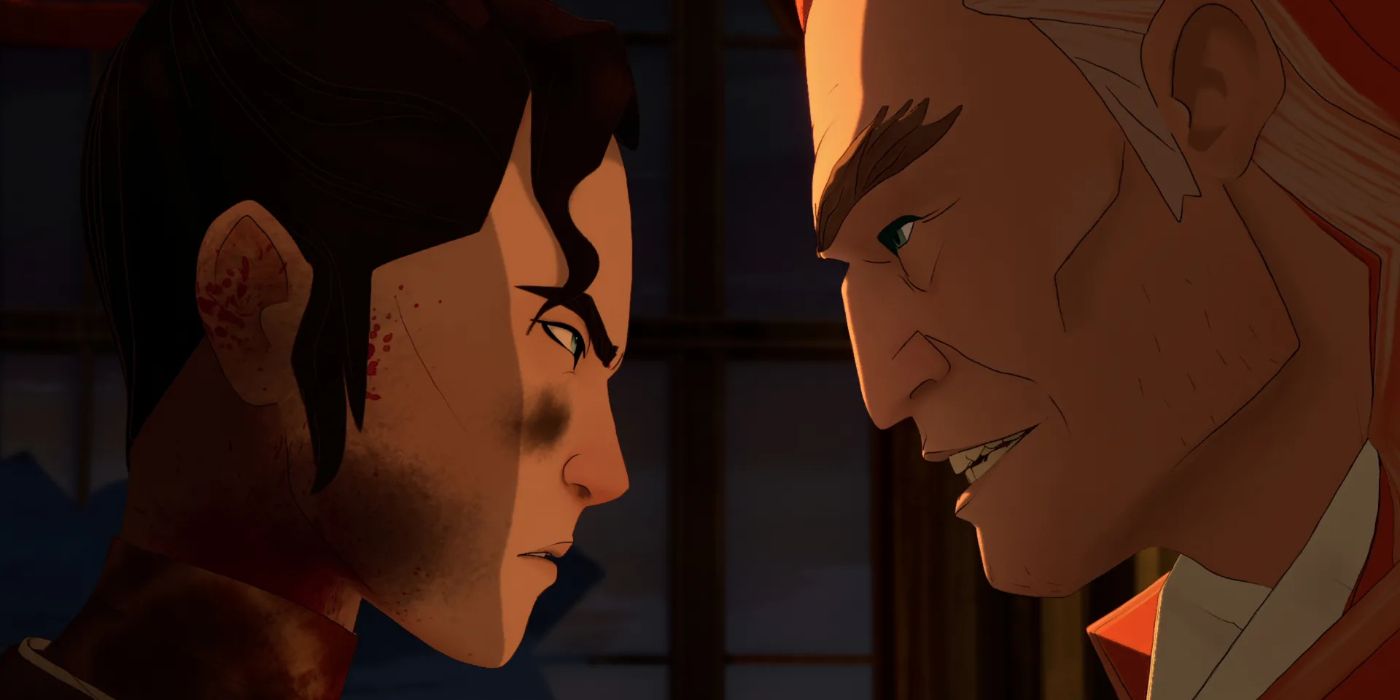
The Edo period is the piece of Japanese history that’s the most romanticized in the media and pop culture in general. The traditional aesthetic and the samurai culture have an undeniable appeal to Western audiences, but life at that time wasn’t necessarily as glorious as we’re used to seeing on screen. Blue Eye Samurai tells the story of a person who was born on the opposite side of everything that is usually seen to represent that period — not only was Mizu (Maya Erskine) born a girl, but she is also the daughter of an unknown European man, meaning she is seen as being inferior to pretty much everyone in Japan.
The series starts by establishing in its very first episode that there are only four European men in all of Japan after the Tokugawa Shogunate implemented Sakoku. Mizu understands that one of them must be her father, and is hellbent on getting revenge against them for making her the abomination everyone tells her she is. She has already killed one of them and is now searching for her next target, Irish smuggler Abijah Fowler (Kenneth Branagh). During her journey, Mizu meets all kinds of strange folk, and some of them even join her, like the optimistic handless cook Ringo (Masi Oka), the skilled samurai Taigen (Darren Barnet), and runaway Princess Akemi (Brenda Song). Mizu’s skill and strength are undeniable, having learned the art of swordsmith from Master Eiji (Cary-Hiroyuki Tagawa), whom she respectfully calls “Swordfather,” and fighting in different styles by watching his clients practice.
Being a woman in feudal Japan was no easy task, something that Shōgun shows very well with its female characters — Lady Mariko, Lady Ochiba (Fumi Nikaido), and Lady Fuji (Moeka Hoshi). Back then, women were not only bound by duty to serve their lords but were also the property of their husbands, being allowed very little freedom. Their destiny would also have been Mizu’s if she hadn’t been taken in as an apprentice by Master Eiji, who is blind and couldn’t see what she really looked like. Being the daughter of a European made things even worse. In Shōgun, John Blackthorne is referred to as “an animal” or “a barbarian” by nearly everyone, and Mizu goes through the same thing, seen by society as less than human and not worthy of sympathy even as a young child.
Revenge may not be the best thing to do to mend a bruised heart, but, for Mizu, it’s all there is after a lifetime of being mistreated by everyone she met. She is highly prejudiced against Europeans herself, which is why she doesn’t bother to find out which of the four white men is her father, and instead chooses to kill all of them. In the beginning, she is also doubtful of everyone’s intentions and can’t bring herself to accept anyone’s help or admiration — like Ringo, for example. This mix of imperfections makes Mizu a perfect protagonist, and her bloody journey of revenge makes for the perfect narrative arc.
Like ‘Shogun, ‘Blue Eye Samurai’ Is Also Guided by Historical Accuracy
Animation is a medium that allows for many artistic interpretations to be applied even to historically accurate stories, and that’s the case with Blue Eye Samurai. The overall feel and look of the series are heavily stylized in the best possible way, allowing the story to weave traditional Japanese storytelling elements, such as bunraku puppet theater, into its narrative. Because of that, the series may seem like fantasy at some times, but that’s an animation trait, allowing for more imaginative ways of telling a story.
Still, while specific plot points may be adjusted or changed for the sake of the story and its sometimes fantastical narrative, there’s a good degree of accuracy in the way the characters behave and everything happens in Blue Eye Samurai. The animation media may fool some spectators, and Shōgun may be a more grounded and serious show, but the Netflix series doesn’t fall behind in terms of historical accuracy. Just like Shōgun, Blue Eye Samurai deeply explores how Japanese society was organized and even inserts real historical events in its narrative, like, for example, the Great Fire of 1657 that burned most of Edo city. And, while Mizu herself may not have a direct historical counterpart like the characters in Shōgun, her story could very well be that of a ronin’s, and it continues in Season 2, which has already been confirmed.
Blue Eye Samurai is available to stream on Netflix.
Still, while specific plot points may be adjusted or changed for the sake of the story and its sometimes fantastical narrative, there’s a good degree of accuracy in the way the characters behave and everything happens in Blue Eye Samurai. The animation media may fool some spectators, and Shōgun may be a more grounded and serious show, but the Netflix series doesn’t fall behind in terms of historical accuracy. Just like Shōgun, Blue Eye Samurai deeply explores how Japanese society was organized and even inserts real historical events in its narrative, like, for example, the Great Fire of 1657 that burned most of Edo city. And, while Mizu herself may not have a direct historical counterpart like the characters in Shōgun, her story could very well be that of a ronin’s, and it continues in Season 2, which has already been confirmed.
Blue Eye Samurai is available to stream on Netflix.





